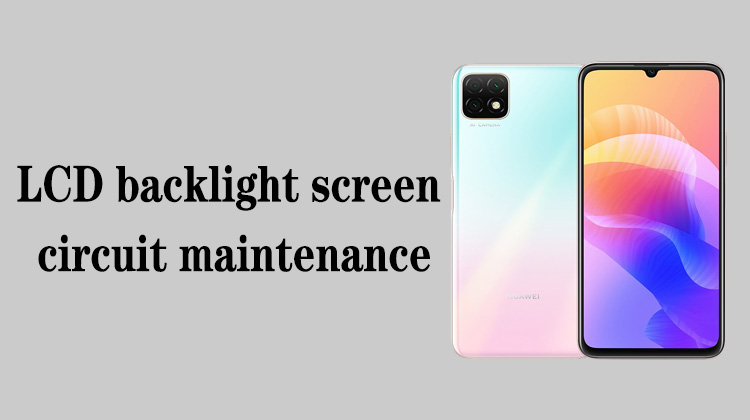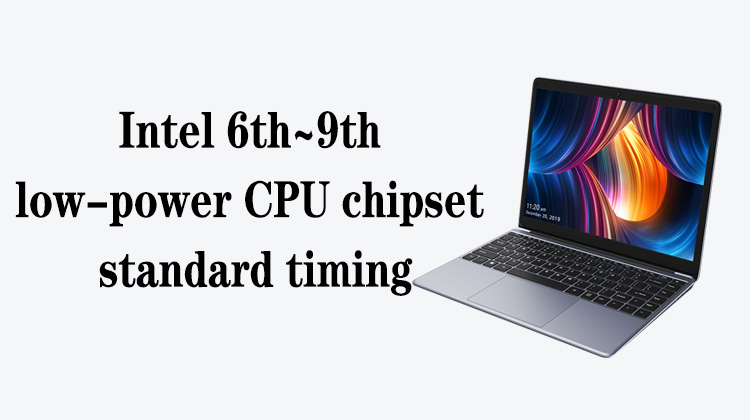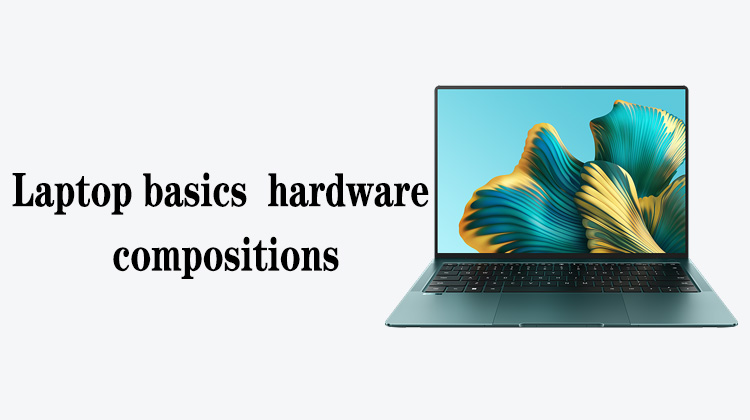1
00:00:01,500 --> 00:00:05,766
Hello everyone, in this lesson we will take a look at the solutions to common desktop failures,
2
00:00:06,000 --> 00:00:08,466
of course at the board level
3
00:00:09,533 --> 00:00:12,533
The first is to not trigger a fault
4
00:00:12,800 --> 00:00:16,900
Most of the faults that do not trigger are caused by the mainboard,
5
00:00:17,500 --> 00:00:20,333
but it can also be caused by the power supply
6
00:00:21,300 --> 00:00:24,066
Therefore, when a failure is not triggered,
7
00:00:24,100 --> 00:00:28,466
you can directly use the replacement method to replace the mainboard or power supply
8
00:00:28,966 --> 00:00:32,533
Of course, we can also test it with the minimum system method first.
9
00:00:32,533 --> 00:00:34,133
What if it's okay?
10
00:00:34,700 --> 00:00:36,333
Next, let's look at the fault of not running the code
11
00:00:36,700 --> 00:00:43,800
There are many reasons for non-running code failure, and the common ones are mainboard, power supply and CPU
12
00:00:44,533 --> 00:00:51,200
We can use the replacement method to replace the CPU, power supply and mainboard to test
13
00:00:52,366 --> 00:00:54,700
Next, the power-on power-down fault
14
00:00:55,066 --> 00:00:57,533
The scope of this fault is relatively wide
15
00:00:57,766 --> 00:01:02,866
Any problem with any component on the mainboard may cause power-on and power-off failures
16
00:01:03,733 --> 00:01:09,533
So we can only use the minimum system method and the replacement method to test one by one
17
00:01:10,133 --> 00:01:13,700
Determine which component caused the fault
18
00:01:15,000 --> 00:01:16,733
Blocking code failure
19
00:01:17,133 --> 00:01:20,200
The block code failure is similar to the failure of power-on and power-off.
20
00:01:20,466 --> 00:01:26,166
Most of the components in the computer may cause this failure.
21
00:01:26,400 --> 00:01:29,800
But it has a failure rate
22
00:01:30,166 --> 00:01:34,266
Under normal circumstances, the highest failure rate is memory oxidation.
23
00:01:34,766 --> 00:01:40,333
We unplug the memory, wipe the golden finger with an eraser, and then put it back
24
00:01:40,800 --> 00:01:44,500
This can solve a large part of the block code failure
25
00:01:45,266 --> 00:01:50,866
If it still doesn't work after we plug and unplug the memory to clean the golden finger,
26
00:01:51,200 --> 00:01:57,300
we need to use the minimum system method and replacement method to find the faulty part
27
00:01:58,500 --> 00:02:00,800
Next, no display fault
28
00:02:01,366 --> 00:02:05,166
Here I would like to reiterate to everyone that the fault phenomenon is that
29
00:02:05,433 --> 00:02:10,333
the upper and lower case lights on the keyboard can be switched, but the screen is not on.
30
00:02:10,966 --> 00:02:15,100
This failure may be caused by the mainboard, CPU or graphics card.
31
00:02:15,600 --> 00:02:20,400
If there is a graphics card, then we should first exclude the graphics card
32
00:02:22,100 --> 00:02:26,200
Because the graphics card has a relatively high failure rate among the three,
33
00:02:26,433 --> 00:02:28,700
and it is also the easiest to replace.
34
00:02:28,866 --> 00:02:30,766
So let's replace the graphics card first
35
00:02:31,466 --> 00:02:37,666
If it still doesn't work after replacing the graphics card, we replace the CPU and mainboard in turn
36
00:02:38,133 --> 00:02:43,066
Let's take a look at some troubleshooting methods after starting up
37
00:02:43,200 --> 00:02:46,700
The first block LOGO failure
38
00:02:47,166 --> 00:02:50,600
It is usually caused by peripherals or mainboard
39
00:02:50,933 --> 00:02:55,400
There is a component with a very high failure rate, and that is the hard drive
40
00:02:55,866 --> 00:03:01,066
Therefore, when encountering a block LOGO failure, we should first replace the hard disk and test
41
00:03:01,466 --> 00:03:04,366
If the fault disappears after replacing the hard disk,
42
00:03:04,366 --> 00:03:06,966
it means that the hard disk is really damaged.
43
00:03:07,500 --> 00:03:10,333
If it still doesn't work after replacing the hard disk,
44
00:03:10,400 --> 00:03:14,466
we need to use the minimum system method and the replacement method
45
00:03:14,466 --> 00:03:19,166
to replace them one by one to see which part is causing the problem.
46
00:03:20,566 --> 00:03:23,366
Next no boot failure
47
00:03:23,366 --> 00:03:27,933
In most cases, this failure is caused by software, that is, caused by the BIOS or the system.
48
00:03:29,500 --> 00:03:34,100
When encountering a failure to boot, we should first check the startup items of the BIOS,
49
00:03:34,100 --> 00:03:36,900
and then check whether the system is normal
50
00:03:37,066 --> 00:03:42,766
Or we directly replace a hard disk with a system, and test to see if we can enter the system
51
00:03:43,766 --> 00:03:46,366
Blue screen of death
52
00:03:46,666 --> 00:03:54,133
It has a wide range of faults, and most of the components in the computer may cause this fault.
53
00:03:55,933 --> 00:04:00,400
But the higher failure rate is the system
54
00:04:00,900 --> 00:04:06,366
For example, the client's computer is poisoned, or some strange software is installed,
55
00:04:06,833 --> 00:04:09,833
which may cause frequent blue screens of death
56
00:04:10,100 --> 00:04:14,400
When encountering a blue screen of death failure, you should first troubleshoot the system
57
00:04:14,866 --> 00:04:19,166
After excluding the system, we will judge whether the hardware is normal
58
00:04:20,866 --> 00:04:22,833
Finally, a functional failure
59
00:04:23,400 --> 00:04:25,566
There are many, many functional failures
60
00:04:25,733 --> 00:04:29,166
Any one function has the potential to produce a functional failure
61
00:04:29,700 --> 00:04:33,066
We will judge according to the fault phenomenon.
62
00:04:34,400 --> 00:04:36,466
For example, no sound failure
63
00:04:36,666 --> 00:04:40,900
It may be caused by the system or mainboard
64
00:04:41,266 --> 00:04:47,333
We follow the rule of soft first and then hard, first replace the system, and then replace the mainboard
65
00:04:49,900 --> 00:04:53,133
These are the solutions to common desktop problems
66
00:04:53,500 --> 00:04:57,800
After studying this lesson, we can basically perform board-level maintenance






